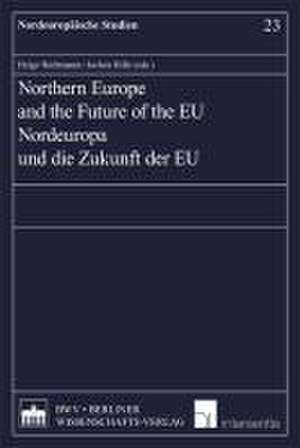Northern Europe and the Future of the EU: Nordeuropäische Studien, cartea 23
Editat de Helge Hoibraaten, Jochen Hilleen Limba Engleză Paperback – 31 aug 2011
Preț: 261.45 lei
Nou
Puncte Express: 392
Preț estimativ în valută:
50.04€ • 54.38$ • 42.06£
50.04€ • 54.38$ • 42.06£
Carte indisponibilă temporar
Doresc să fiu notificat când acest titlu va fi disponibil:
Se trimite...
Preluare comenzi: 021 569.72.76
Specificații
ISBN-13: 9783830519652
ISBN-10: 3830519656
Pagini: 233
Ilustrații: 1 schwarz-weiße und 2 farbige Abbildungen, 6 schwarz-weiße Tabellen
Dimensiuni: 154 x 230 x 18 mm
Greutate: 0.36 kg
Editura: BWV Berliner-Wissenschaft
Seria Nordeuropäische Studien
ISBN-10: 3830519656
Pagini: 233
Ilustrații: 1 schwarz-weiße und 2 farbige Abbildungen, 6 schwarz-weiße Tabellen
Dimensiuni: 154 x 230 x 18 mm
Greutate: 0.36 kg
Editura: BWV Berliner-Wissenschaft
Seria Nordeuropäische Studien


